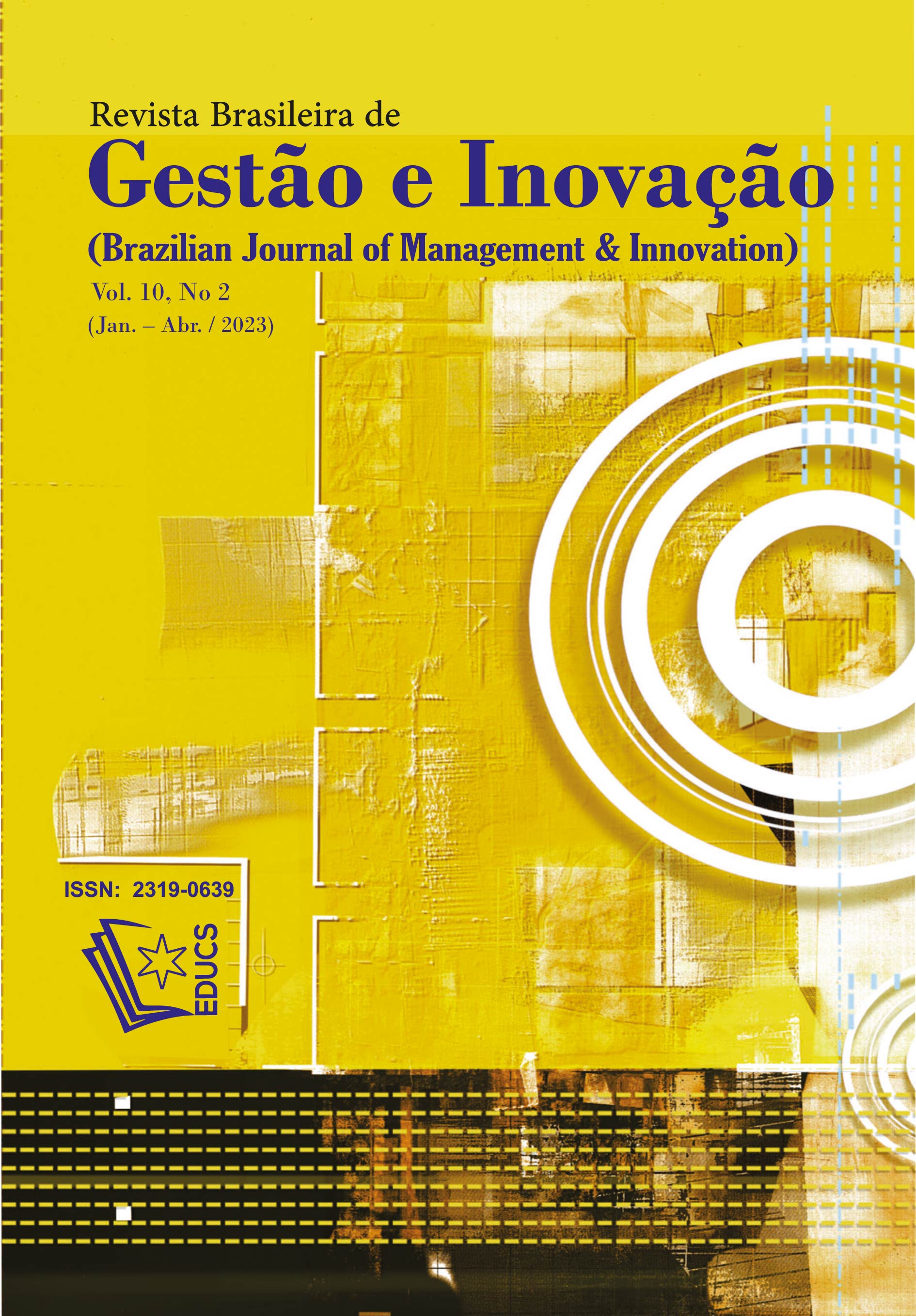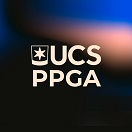CREATIVITY AND INNOVATION: CRALVES FRAMEWORK APPLICATION ANALYSIS TO GENERATE NEW BUSINESS IDEAS IN A PUBLISHING STARTUP
DOI:
https://doi.org/10.18226/23190639.v10n2.03Keywords:
Creativity, Innovation, Framework Cralves, Editorial MarketAbstract
According to the diagnosis of a survey carried out by Nielsen Book for the Câmara Brasileira do Livro (CBL) and the Sindicato Nacional de Editores de Livros (SNEL), in 2021, for the Brazilian publishing market, physical bookstores lose sales, but on the other hand there is a growth following the exclusively virtual bookstores. In the context of innovation in this market, a digital platform has emerged to facilitate the process of producing and selling books. An ecosystem powered by various customer segments, writers, designers, proofreaders, print services and finally end customers, readers. In order to create ideas and businesses also for improving processes, using the Cralves Framework, a bibliographic review of the existing literature was carried out to analyze how tools and techniques were used in its process. Corroborating with the potential of generating creative, real and individual ideas, with the potential of generating ideas, with the possible individualization, with the potential of generating ideas, with the true identity, with the capacity of individuals, with the potential of generation of ideas, with the ability to define, with the possibility of individuals, with the potential to generate ideas, facts, individuals, capable of corroborating the potential of generating ideas in groups. Contributed to the management of creativity and innovation. It provided engagement between the parties from the unfolding of the actions taken.
DOI: 10.18226/23190639.v10n2.03
References
Brown, T. (2018). Design Thinking: uma metodologia poderosa para decretar o fim das velhas ideias. Rio de Janeiro: Alta Books.
Camp, R. C., & Camp Robert, C. (1989). Benchmarking: the search for industry best practices that lead to superior performance (pp. 3-36). Milwaukee, WI: Quality Press.
Deming, W. E. (1986). Out of the Crisis: quality, productivity and competitive position. Cambridge: Cambridge University Press.
Dutra, F. F., Alves, C., Carvalho, Z. V., Matamoros, E. P., & Sabino, W. C. (2021). Análise de framework criativo Cralves para potencialização de proposta de valor de modelo de negócios de ecoinovações. VII Encontro Nacional de Propriedade Intelectual.
Edwards, S., & Cooper, N. (2010). Mind mapping as a teaching resource. The clinical teacher, 7(4), 236-239.
Flick, U. (2009). Introdução à pesquisa qualitativa. Porto Alegre: Artmed.
Gaião Filho, I., & Campos, F. (2016). Análise comparativa da experiência das técnicas criativas Brainstorming e Método 635 a partir da Teoria da Atividade. Revista dos encontros internacionais Ergotrip Design, (1), 10-19.
Gray, D., Brown, S., & Macanufo, J. (2012). Gamestorming: jogos corporativos para mudar, inovar e quebrar regras. Rio de Janeiro, RJ: Alta Books.
Guerreiro, M. C. R. F., & Wechsler, S. M. (1988). Sobre Criatividade. Jornal de Psicologia, 7, 4, 3-7.
Guilford, J. P. (1951). Creativity. In: American Psychologist. v. 5, n. 9.
Kneller, G. (1978). Arte e Ciência da Criatividade. São Paulo: Ibrasa.
Kotler, P., & Keller, K. L. (2006). Administração de marketing. São Paulo: Pearson Prentice Hall.
Lewrick, M., Link, P., & Leifer, L. (2019). A jornada do Design Thinking: transformação digital prática de equipes, produtos, serviços, negócios e ecossistemas. Rio de Janeiro: Alta Books.
Lowdermilk, T. (2019). Design Centrado no Usuário. São Paulo: Novatec.
Magaldi, S., Neto, J. S. (2018). Gestão do amanhã: tudo o que você precisa saber sobre gestão, inovação e liderança para vencer na 4ª revolução industrial. São Paulo: Gente.
Magaldi, S., Neto, J. S. (2020). Estratégia adaptativa: o novo tratado do pensamento estratégico. São Paulo: Gente.
Melo, A., & Abelheira, R. (2015). Design Thinking & Thinking Design: Metodologia, ferramentas e uma reflexão sobre o tema. São Paulo: Novatec.
Nachmanovitch, S. (1993). Ser criativo: o poder de improvisação na vida e na arte. São Paulo: Summus.
Osterwalder, A., & Pigneur, Y. (2011). Business Model Generation: inovação em modelos de negócios. Rio de Janeiro: Alta Books.
Osterwalder, A., Pigneur, Y., Bernarda, G., & Smith, A. (2019) Value Proposition Design: como construir proposta de valor inovadores. Rio de Janeiro: Alta Books.
Osterwalder, A., & Bland, D. J. (2020). Testando Ideias de Negócios. Rio de Janeiro: Alta Books.
Pearson, A. (2011). Criatividade e Inovação. São Paulo: Pearson Prentice Hall.
Pijl, P. V. der, Lokitz, J., & Solomon, L. K. (2018). Planeje melhor seu negócio: novas ferramentas, habilidades e mentalidades para estratégia e inovação. Rio de Janeiro: Alta Books.
Sanmartim, S. M. (2012). Criatividade e inovação na empresa: do potencial à ação criadora. São Paulo: Trevisan.
Scherer, F. O. (2016). Gestão da inovação na prática: como aplicar conceitos e ferramentas para alavancar a inovação. São Paulo: Atlas.
Schumpeter, J. A. (1911). Teoria do desenvolvimento econômico.
Schwab, K. (2019). A Quarta Revolução Industrial. São Paulo: Edipro.
Seelig, T. (2021). Encontre sua Criatividade. Caxias do Sul: Belas-Letras.
Silva, M. J. V. e, Filho, Y. V. e S., Adler, I. K., Lucena, B. F., & Russo, B. (2012). Design Thinking: inovação em negócios. Rio de Janeiro: MJV Press.
STICKDORN, M., HORMESS, M., LAWRENCE, A., & SCHNEIDER, J. (2020). Isto é design de serviço na prática: como aplicar o design de serviço no mundo real - manual do praticante. Porto Alegre: Bookman.
Waengertner, P. (2018). A estratégia da inovação radical: como qualquer empresa pode crescer e lucrar aplicando os princípios das organizações de ponta do Vale do Silício. São Paulo: Gente.
Downloads
Published
How to Cite
Issue
Section
License
Copyright (c) 2023 Waldelino Duarte Ribeiro, Cristiano Alves, Orivaldo Vieira de Santana Júnior

This work is licensed under a Creative Commons Attribution 4.0 International License.
The author must guarantee that:
- there is full consensus among all the coauthors in approving the final version of the document and its submission for publication.
- the work is original, and when the work and/or words from other people were used, they were properly acknowledged.
Plagiarism in all of its forms constitutes an unethical publication behavior and is unacceptable. Revista Brasileira de Gestão e Inovação has the right to use software or any other method of plagiarism detection.
All manuscripts submitted to RBGI - Revista Brasileira de Gestão e Inovação go through plagiarism and self-plagiarism identification. Plagiarism identified during the evaluation process will result in the filing of the submission. In case plagiarism is identified in a manuscript published in the journal, the Editor-in-Chief will conduct a preliminary investigation and, if necessary, will make a retraction.
This journal, following the recommendations of the Open Source movement, provides full open access to its content. By doing this, the authors keep all of their rights allowing Revista Brasileira de Gestão e Inovação to publish and make its articles available to the whole community.
RBGI - Revista Brasileira de Gestão e Inovação content is licensed under a Creative Commons Attribution 4.0 International License.
Any user has the right to:
- Share - copy, download, print or redistribute the material in any medium or format, linking to RBGI site.
- Adapt - remix, transform and build upon the material for any purpose, even commercially.
According to the following terms:
- Attribution - You must give appropriate credit, provide a link to the license, and indicate if changes were made. You may do so in any reasonable manner, but not in any way that suggests the licensor endorses you or your use.
- No additional restrictions - You may not apply legal terms or technological measures that legally restrict others from doing anything that the license permits.
#RBGI









